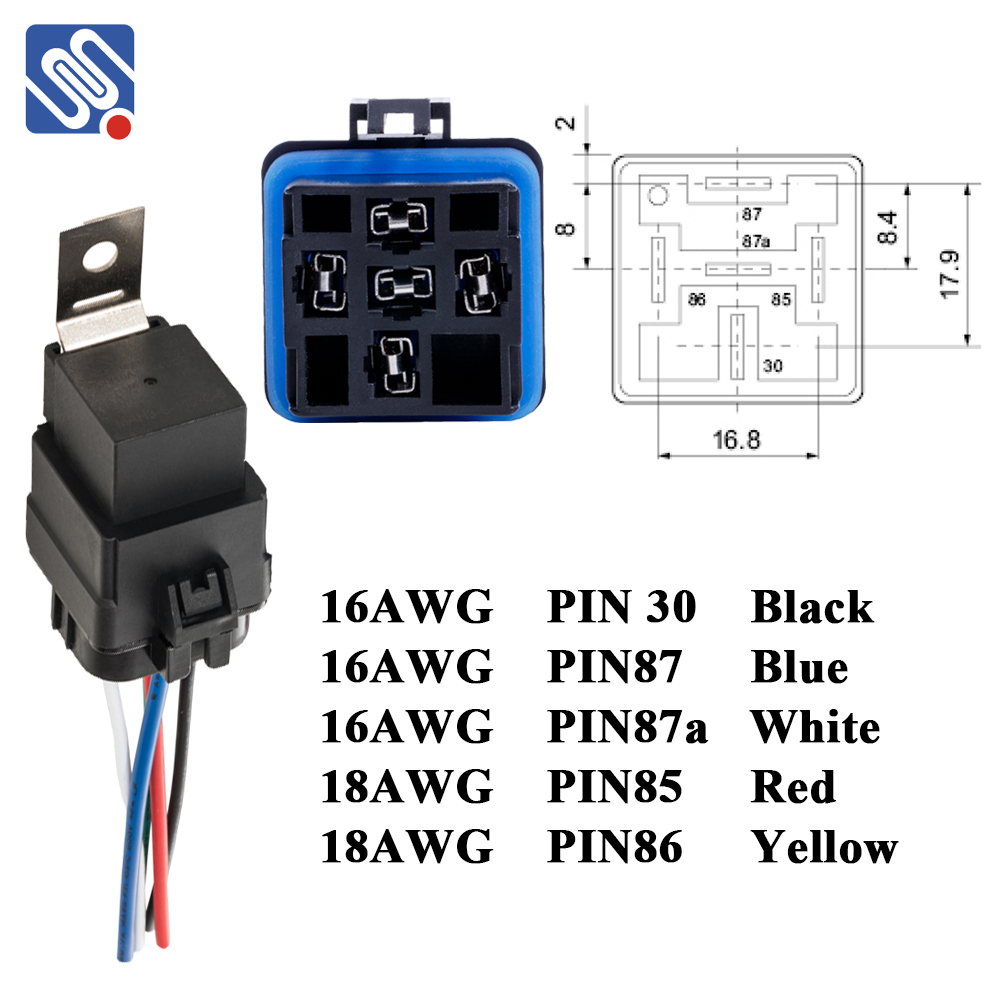relay wiring: a comprehensive guide to understanding and implementing relay circuits
Release time:2025-08-26 10:33:48
Relay wiring is an essential aspect of electrical and electronic systems. Relays act as switches that allow a low-power signal to control the flow of a much larger current, making them an integral component in various industries, from automation to automotive applications. Understanding relay wiring not only helps in building effective electrical circuits but also enhances safety, efficiency, and reliability. This article delves into the basics of relay wiring, its components, and practical applications.

What is a Relay?
At its core, a relay is an electrically operated switch. It consists of a coil of wire, a set of contacts, and a mechanism that allows the contacts to open or close based on the current flowing through the coil. Relays are classified into different types based on their function, such as mechanical relays, solid-state relays, and reed relays. The most common type is the electromechanical relay, which uses the magnetic field generated by the current passing through the coil to physically move a set of contacts.
Key Components of Relay Wiring
Understanding the components of relay wiring is crucial for effective installation and troubleshooting. A standard relay has the following components:

